
The Ministry of Home Affairs proposes new regulations on labor management, wages, remuneration, and bonuses in state-owned enterprises.
The draft clearly states that the principles of labor management, wages, remuneration, and bonuses for enterprises shall comply with the provisions of Article 3 of Decree No. 44/2025/ND-CP, in which labor productivity shall be calculated according to the instructions in the draft Appendix.
Objective factors affecting labor productivity, profit, and profit margin of enterprises to be excluded when determining wages and remuneration are stipulated in Article 4 of Decree No. 44/2025/ND-CP, in which the calculation of the impact of objective factors must be quantified into specific values and figures according to the principle: objective factors that increase labor productivity, profit, and profit margin must be deducted, objective factors that reduce labor productivity, profit, and profit margin must be added to labor productivity, profit, and profit margin when determining wages and remuneration.
Labor management, salary scale, payroll
According to the draft, enterprises shall develop labor plans, recruit and employ workers, and implement policies and regimes for employees as prescribed in Article 5 of Decree No. 44/2025/ND-CP.
The development and promulgation of salary scales, payrolls, and salary allowances shall be implemented in accordance with the provisions of Article 6 of Decree No. 44/2025/ND-CP, in which enterprises that have developed salary scales and payrolls for employees, the Executive Board, the Board of Members, and the Supervisors shall ensure the provisions of Clause 2, Article 6 of Decree No. 44/2025/ND-CP shall have the right to continue implementing the current salary scales and payrolls of the enterprise. In case the salary scales, payrolls, and salary allowances do not ensure the provisions of Clause 2, Article 6 of Decree No. 44/2025/ND-CP, the enterprise must amend, supplement, or promulgate new salary scales and payrolls.
Determine the salary fund
Regarding the salaries of employees and the Executive Board, in the draft, the Ministry of Home Affairs proposed regulations on determining the salary fund through the average salary level; determining the salary fund through the stable salary unit price and determining the salary fund for some cases, advances, reserves and salary distribution.
In which, determining the salary fund through stable salary unit price, the draft proposes to stipulate as follows:
Stable wage rate (*)
The stable salary unit price (unit price) is determined by dividing the total salary of the years preceding the first year of applying the unit price by the total value of production and business targets, in which:
Total salary is the total actual salary fund implemented by employees and the Executive Board in the years preceding the first year of applying the unit price (calculated according to the fiscal year). For enterprises that determine the unit price and must use salary funds implemented from 2024 or earlier, the salary fund implemented from 2024 or earlier includes the actual salary fund of employees and the actual salary paid to the Executive Board and the safety bonus for enterprises implementing the safety bonus regime (if any).
The number of previous years is equal to the number of years the enterprise plans to apply the unit price (minimum 02 years, maximum 05 years).
The total value of production and business indicators selected by the enterprise according to total products, output (including converted products and output) or total revenue or total revenue minus total costs excluding wages or profits or other indicators reflecting the characteristics, nature, and labor costs of employees) actually implemented in the years preceding the first year of applying the unit price (calculated according to the fiscal year).
Determine the actual salary fund
The unit price wage fund is determined according to the following formula:
Q TLĐG = DG XT CTTĐGTH
In there:
Q TLDG : Salary fund according to unit price.
Unit price, determined according to the above regulations.
T CTDGTH : Production and business targets that the enterprise chooses to calculate the unit price of the implementation year.
Based on the salary fund according to the unit price in the above formula, the enterprise determines the actual salary fund linked to labor productivity and profit as follows:
1- Enterprises with annual profits not lower than average profits shall have their actual wage funds determined based on unit price wage funds and adjusted according to labor productivity as follows:
In case the increase (in percentage) of the salary fund according to unit price compared to the average salary fund is equal to or lower than the increase (in percentage) of actual labor productivity compared to the average labor productivity, the actual salary fund is determined by the salary fund according to unit price.
In case the increase (in percentage) of the salary fund according to unit price compared to the average salary fund is higher than the increase (in percentage) of actual labor productivity compared to the average labor productivity, the salary fund according to unit price must be deducted, ensuring that the increase (in percentage) of the salary fund according to unit price compared to the average salary fund does not exceed the increase (in percentage) of actual labor productivity compared to the average labor productivity.
The average salary fund is determined by the average of the actual salary funds implemented in the regulations (*) above.
2- Enterprises with actual annual profits exceeding average profits shall be allowed to add salary to the actual salary fund as prescribed in Clause 1 above according to the principle that if the profit exceeds 1%, the actual salary fund shall be increased by a maximum of 2%, but the additional salary shall not exceed 20% of the actual annual profit exceeding the planned profit and shall not exceed 02 months of average actual salary determined on the basis of the actual salary fund as prescribed in Clause 1 above divided by the average number of employees actually employed, calculated according to the Draft Appendix.
3- Enterprises with realized profits lower than average profits must deduct the salary fund according to the corresponding unit price in percentage (%) or in absolute value of the portion of the annual profit lower than the average profit, ensuring that the actual salary fund after deduction is not lower than the salary fund calculated on the basis of the actual average number of employees used and the salary level prescribed in Clause 2, Article 9 of Decree No. 44/2025/ND-CP.
4- If the enterprise has no profit or loss in the year of implementation, the actual salary fund shall be calculated based on the average number of actual employees and the salary regime prescribed in Clause 2, Article 9 of Decree No. 44/2025/ND-CP. In case of loss reduction (including the year of implementation without profit) compared to the average profit, the level of loss reduction shall be used to determine the salary fund, ensuring the general correlation and reporting to the owner's representative agency for consideration and comment before making a decision.
The draft clearly states that the average profit specified in Clauses 1, 2 and 3 above is determined by the average of the realized profits of the years corresponding to the years in which the enterprise calculates the salary fund according to the provisions (*) above.
Please read the full draft and give your comments here.
Wisdom
Source: https://baochinhphu.vn/de-xuat-quy-dinh-moi-ve-tien-luong-thu-lao-tien-thuong-trong-doanh-nghiep-nha-nuoc-102250401173807539.htm




![[Photo] General Secretary To Lam visits exhibition of achievements in private economic development](https://vphoto.vietnam.vn/thumb/1200x675/vietnam/resource/IMAGE/2025/5/18/1809dc545f214a86911fe2d2d0fde2e8)
![[Photo] More than 17,000 candidates participate in the 2025 SPT Competency Assessment Test of Hanoi National University of Education](https://vphoto.vietnam.vn/thumb/1200x675/vietnam/resource/IMAGE/2025/5/17/e538d9a1636c407cbb211b314e6303fd)

![[Photo] National conference to disseminate and implement Resolution No. 66-NQ/TW and Resolution No. 68-NQ/TW of the Politburo](https://vphoto.vietnam.vn/thumb/1200x675/vietnam/resource/IMAGE/2025/5/18/adf666b9303a4213998b395b05234b6a)


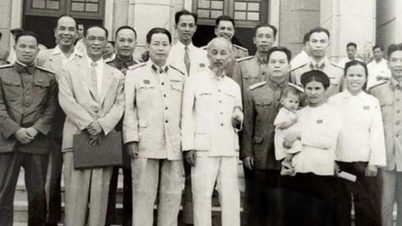











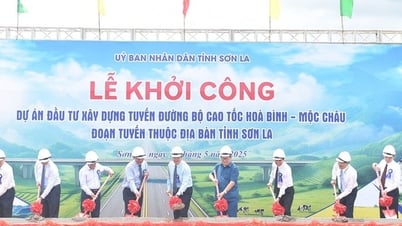





![[Photo] Prime Minister Pham Minh Chinh chairs meeting on science and technology development](https://vphoto.vietnam.vn/thumb/1200x675/vietnam/resource/IMAGE/2025/5/17/ae80dd74c384439789b12013c738a045)














































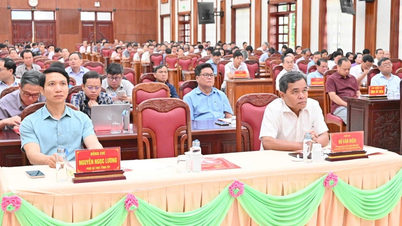
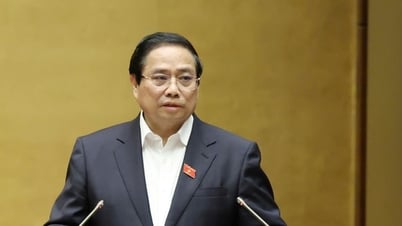

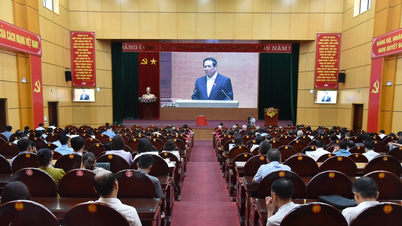










Comment (0)